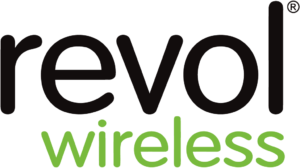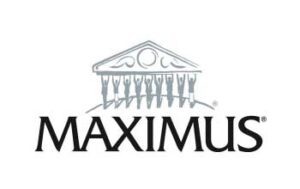Managers and executives know that call centers can be costly parts of business. Yet, many common call center practices thought to help reduce costs cause problems themselves. If your company wants to reduce costs funneling into contact centers, consider these two techniques and their pros and cons.
-
Using Interactive Voice Response (IVR)
IVR technology refers to automated systems that provide customers with selection options to help customize their experience. Ideally, when used correctly, IVR can help streamline your customers’ experience and reduce costs spent on live agents. However, if used incorrectly, IVR can hurt more than help.
To be an effective business tool, the nonhuman component of the automated system needs to be simple and understandable for customers looking for help. When faced with too many options or options that are too broad, IVR can lead to a significant increase in the number of calls transferred to live agents. However, in order to assume a decrease in customer satisfaction, call centers need to gauge the number of repeat callers and know how many annoyed customers end up leaving.
Certain metrics can help illuminate whether your IVR helps or hurts your business. Most companies assess the quality of IVR using measures like AHT (Agent Handle Time), transfers per call, and Abandon Rate as indicators.
While AHT depends on several factors such as the industry and the purpose of the call – a long AHT for a call could point to issues with IVR.
For example, if your IVR is confusing to navigate, it might result in customers speaking to agents with the wrong specialty. Likewise, when your call center has a high abandonment rate your IVR might be confusing and causing frustration for callers. (Goal abandonment rates typically sit between five and eight percent.)
-
Not using the right key performance metrics (KPIs)
Most call centers try to maximize their profitability by gauging the performance of agents. A common metric looks at the number of calls agents complete within a certain amount of time. Another measure could include average call length. However, both of these metrics, while easy to quantify, fail to measure the success of agents in addressing the customer’s concern.
Using the wrong KPIs can hurt your customer service and inaccurately reflect the effectiveness of individual agents. Through attrition modeling, AnswerOn has found the best metrics to use to measure agent performance. These include Willingness to Recommend (WTR), Customer Satisfaction (CSAT), and First Call Resolution (FCR).
Like other useful KPIs, these three all take the customer into account. Also, unlike metrics that focus solely on number of calls and call time, these metrics consider the success of each call. If agents are striving to complete a certain number of calls as a performance benchmark, they might be leaving customers unsatisfied.
Final Thoughts
Knowing to steer clear of certain practices and assess the usefulness of others can help improve your call center. However, each call center faces unique challenges and requires a unique solution. AnswerOn can provide your call center with a tailored solution. We will help your company reduce agent attrition, improve performance metric performance, and cut hiring and training costs.









